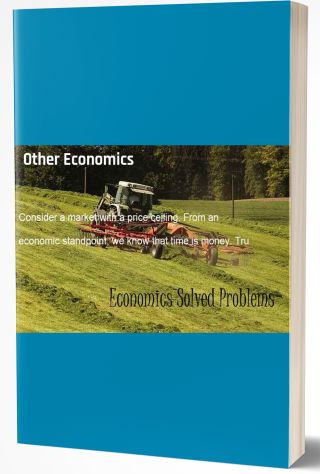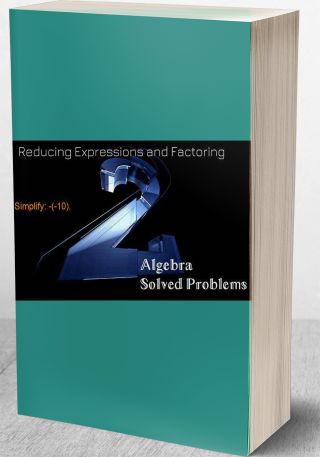The linear production function is Q=F(K,L)=aK+bL where K is equal to capital and L is equal t
Question: The linear production function is
\[Q=F\left( K,L \right)=aK+bL\]where K is equal to capital and L is equal to labor. The Cobb-Douglas production function is
\[Q=F\left( K,L \right)={{K}^{1/2}}{{L}^{1/2}}\]A firm produces output (hamburgers or whatever) that can be sold at $10.00. Production function is the Cobb Douglass formula above if capital is fixed at 1.
How much labor should the firm employ to maximize profits if the wage rate is $2.00
Hint: Set the value marginal product of labor equal to the wage rate and solve for L. Value marginal product of labor is
\[VM{{P}_{L}}=P\times M{{P}_{L}}\]
Price: $2.99
Solution: The solution consists of 2 pages
Solution Format: Word Document
Solution Format: Word Document



![[Solution] Standard Enterprises produces an output that it sells in a highly competitive market at a price of $ #9502 Other Economics](/images/downloads-images/featured/Statistics-question-28853.jpg)
![[Solution] Madeline is choosing what to purchase this month with her $200 savings. She likes books, which cost #28407 Other Economics](/images/downloads-images/featured/Economics-question-2598.jpg)


